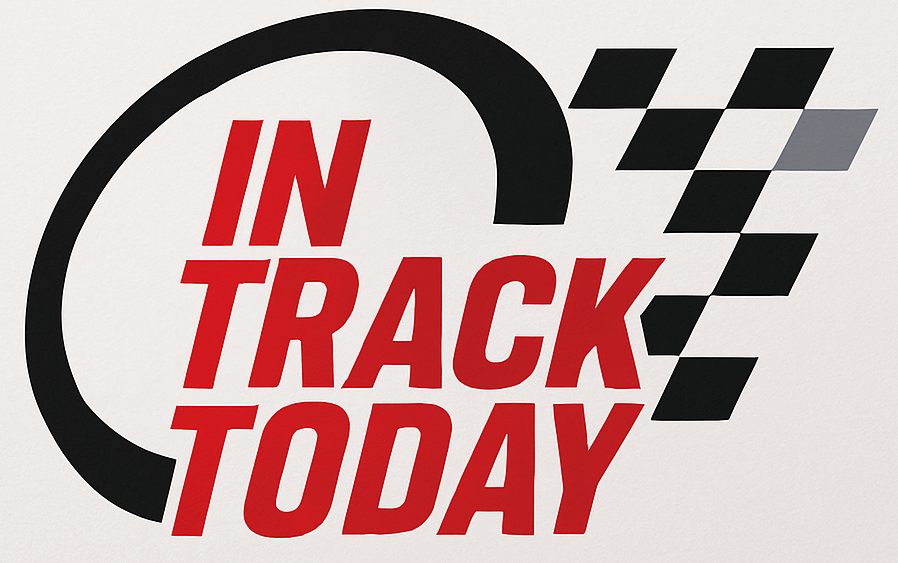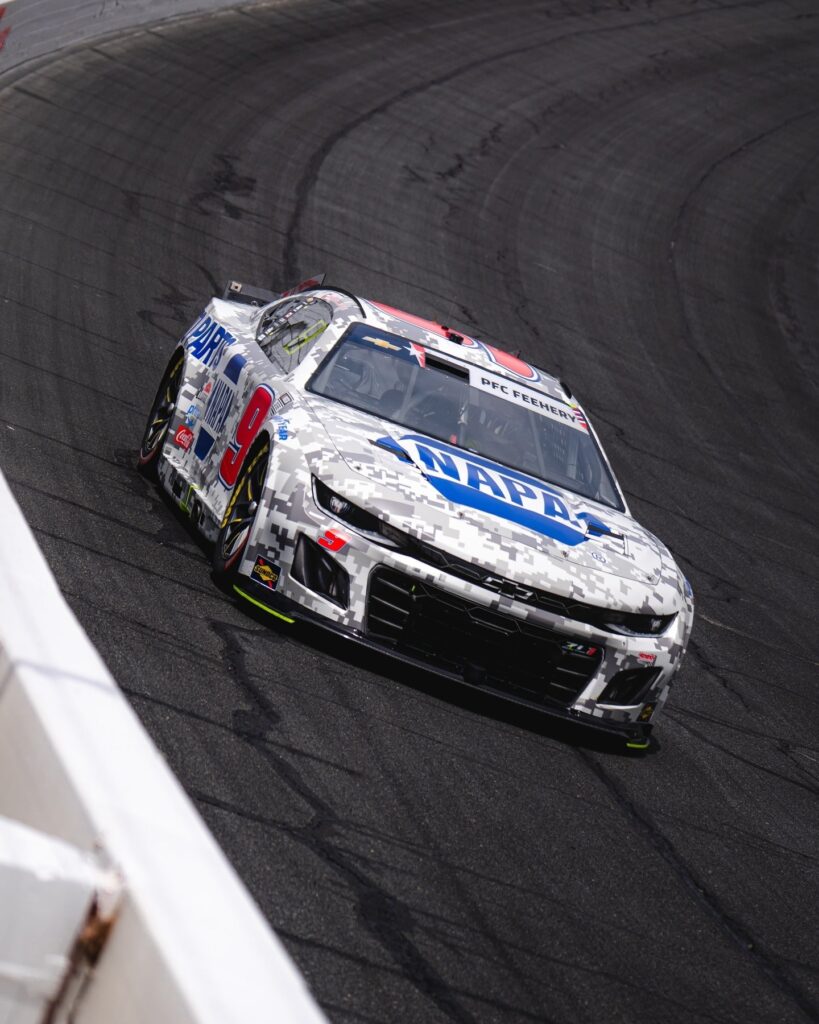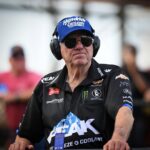NASCAR is actively considering a significant update to its Cup Series rules package that could see the return of higher horsepower cars — specifically on short tracks. According to officials, discussions are underway that could increase engine output from the current 670 horsepower to 750 horsepower on short ovals, potentially before the end of the 2025 season.
The proposal comes in response to growing concerns about the quality of racing at shorter venues in the Next Gen era. Both drivers and fans have expressed dissatisfaction with the lack of overtaking, diminished throttle control, and overall reduced excitement during short-track events. NASCAR appears to be listening.
Growing Pressure for More Power
Since the introduction of the Next Gen car, NASCAR has aimed to level the playing field and reduce team expenses. Part of that effort included reducing engine power across all track types, settling on a 670bhp package for most events. However, many believe this setup is not ideal for short tracks — the smaller, tighter circuits that traditionally rely on throttle response and mechanical grip to produce exciting side-by-side racing.
Drivers have been especially vocal, calling for a return to more horsepower to improve passing opportunities and overall racing quality. This feedback has led NASCAR to explore alternatives, with increasing power being a primary focus.
In recent weeks, NASCAR has met with engine manufacturers, team owners, and other key stakeholders to evaluate the technical and financial feasibility of implementing such a change. While nothing has been finalized, officials indicate the conversations have been productive and collaborative.
NASCAR Confirms Internal Discussions
Elton Sawyer, NASCAR’s Senior Vice President of Competition, confirmed in a recent interview that the possibility of a horsepower boost is indeed being reviewed at a serious level.
“It’s on the table,” Sawyer said during an appearance on SiriusXM NASCAR Radio. “We are working closely with all the stakeholders in the industry. The collaboration has been better than ever in our sport on all topics.”
Sawyer revealed that the subject was recently discussed during a team owner council meeting, and that NASCAR’s senior leadership — including John Probst, VP of Innovation and Racing Development — has already spoken with engine builders to examine what changes might be required.
Mike Forde, NASCAR’s Managing Director of Communications, also confirmed that the organization itself initiated the review of the short-track package. This marks a shift from previous years, where changes were often prompted by external pressure. Now, NASCAR is proactively working to improve its product for fans and competitors alike.
What Would Change?
If implemented, the change would only apply to short-track races — such as those held at Martinsville Speedway, Bristol Motor Speedway, and Richmond Raceway. These tracks are less reliant on aerodynamics and more focused on driver skill and engine performance, making them ideal candidates for a horsepower boost.
Returning to a 750 horsepower setup would mark a return to a previous standard. Prior to the Next Gen era, NASCAR had used that higher power level at multiple tracks, including road courses and short ovals. Supporters of the proposal argue that more horsepower gives drivers more control over their cars and provides more opportunities to make moves under braking or while exiting corners.
Higher horsepower would also require teams to fine-tune their strategies, potentially adding more variety to pit stops, tire wear, and fuel management — all factors that could help create more compelling race-day drama.
Timeline and Implementation
While NASCAR has not confirmed a specific timeline, officials have indicated that if all parties are on board and the change is technically feasible, the horsepower increase could be rolled out before the conclusion of the 2025 season. That means fans might see more powerful cars on track before the playoffs begin.
However, such a change would need to be carefully coordinated. Engine builders must ensure that their systems can handle the increased output without sacrificing reliability or significantly increasing costs. Teams would also need time to adjust their setups and testing protocols to match the revised specifications.
NASCAR’s willingness to explore this change mid-season is a sign of how seriously the organization is taking the feedback. It also signals a broader shift in strategy — one where the governing body is more open to listening to drivers and fans while remaining flexible enough to improve the on-track product.
A Step Toward More Competitive Racing
If approved, the move to 750 horsepower could be a turning point for NASCAR’s short-track racing. By giving drivers more power, NASCAR hopes to bring back the intense, wheel-to-wheel action that fans have long associated with these types of events.
As the sport continues to evolve in the Next Gen era, one thing is clear: NASCAR is committed to putting competition and entertainment at the forefront — even if that means rethinking its own rules in the middle of a season.

I’m Rifat, a passionate digital marketer and SEO expert based in Bangladesh. With years of hands-on experience in content strategy, search engine optimization, and online branding, I help businesses grow their digital presence and drive measurable results.
When I’m not optimizing websites or running campaigns, I enjoy creating YouTube videos about business success stories and marketing insights. My goal is to inspire and educate others through practical knowledge and real-life case studies.






